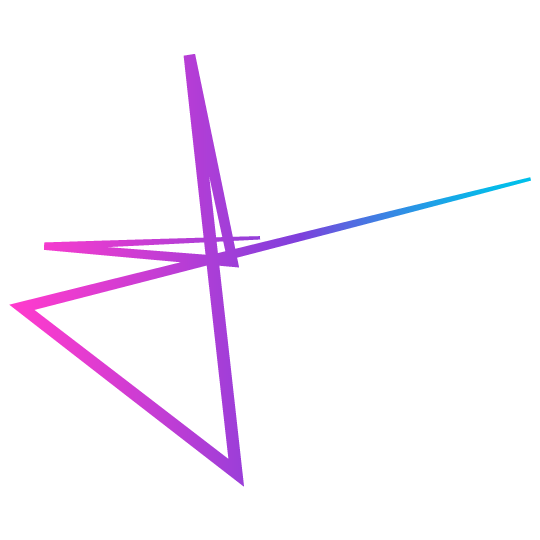The intuitive journey, the unknown exploration, discovery. It is not certain. It starts as a hunch, a gut feeling, instinct… intuition. It is not clarity nor certainty, but it is confidence in the conviction. The only thing for certain is knowing where you started and where you’ve been. It’s heading in a direction, two choices left or right, splitting the hemisphere by 180°, honing in, following your instincts, narrow the direction to 90°, then to 45°, 20°, 10°, 5° until you find yourself on the 0° line. Fine tuned. Clarity. Certainty.
But this process is not for everyone, for the process-driven an intuitive journey is uncertain. For the process-driven, relying on the process is what gets us to the finished product. It’s seeing the finished product before the process begins. Process-driven does not rely on creativity, discovery, spontaneity, agility and decision-making. All those things happened long before, the process was built around the first creation. Process-driven’s main objective is consistency, production, dependability, accuracy.
The intuitive journey is picking a direction before even knowing what the finished product will be. But an untamed intuitive journey can become too one-sided as well. Meandering, grazing, without constraints, without direction, indulgent, unresponsive, without purpose, vision.
For an intuitive, process feels stifling and rigid, like being locked in a prison or the regimented structure of being in the military – no creativity, no imagination, no decision-making, no autonomy or freedom. For the conceptual, intuitive work feels overwhelmingly too open and abstract, scary to not know the next move, to not have a defined next step that is either proven, justified or quantifiable – it’s like being at sea, open water, nothing in sight in either direction and the decision simply feels like, “we’re going this direction” based on “intuition”.
We naturally have a more dominant side we use more, intuitive vs conceptual. Of the two, “process”, the conceptual is the easiest to teach and learn. The more abstract and challenging side to learn is intuition, it is intangible, almost indescribable. Many of the best athletes in the world are unable to teach, transfer the knowledge that made them the best in the world. It doesn’t mean it’s impossible. As “average” people we can make learning to balance intuition and process a purpose and vision for ourselves. Balancing the intuitive and conceptual, knowing how to use what, when and where. How to leverage one over the other. Use them complimentary to each other, structure to enhance, strengthen and give purpose and refinement. Loving the other side of what we are not “good” at, the opposite of what we naturally gravitate towards, is a way to practice more empathy for ourselves and others.
